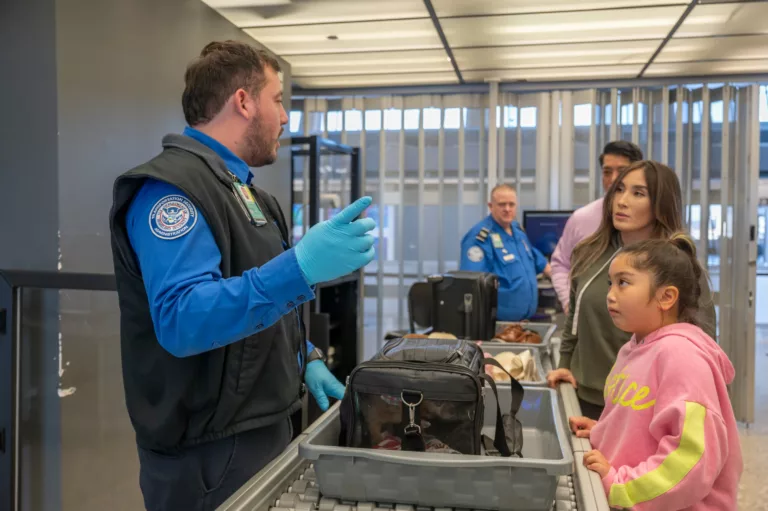How My Chase Sapphire Reserve Helped Me Recover from Baggage Damage
Traveling can be an exhilarating experience, but it comes with its own set of challenges—especially when it comes to checked baggage. While many travelers prefer to avoid checking bags, sometimes it’s simply unavoidable, particularly on longer trips. I recently embarked on a three-month journey across Europe, and after a delightful five days in Porto, Portugal, I boarded a three-hour EasyJet flight to Prague. Unfortunately, upon arrival, I discovered that my checked bag had suffered damage, leaving me with a dented suitcase and a need for compensation.
Here’s how I navigated the situation and ultimately received nearly $200 back, thanks to the protections offered by my credit card.
Step 1: Assessing the Damage and Filing a Claim
After landing, my immediate reaction was frustration. I knew I had to act quickly, so instead of waiting in line to speak to a baggage agent, I opted for EasyJet’s online claims process. This option was a lifesaver, allowing me to submit my claim without the hassle of in-person interactions.
EasyJet requires that you file a claim within seven days of your flight, and they strongly recommend taking photos of the damage before leaving the airport. I snapped some pictures shortly after arriving at my hotel and submitted the claim the following day. The online form, hosted by a third-party provider called DamagedLuggage.com, was straightforward and took less than ten minutes to complete.
Shortly after submitting my claim, I received an automated email with a reference number. However, ten days later, I received a letter denying my claim. The reasoning? The damage was classified as “cosmetic” and did not affect the bag’s functionality. While this was technically true, I was still disappointed.
Step 2: Exploring Other Options for Compensation
Had I not had credit card protections in place, I would have considered appealing the decision. However, I was aware that I had a more convenient route to compensation through my credit card benefits. My first thought was to use the purchase protection on my American Express® Gold Card, which I had used to buy the bag. Unfortunately, since I purchased the bag in April 2023, I was outside the 90-day window for coverage.
I also had a 12-month travel insurance policy from Australia, where I’m originally from. While this policy included coverage for baggage damage, it came with a $200 AUD deductible (approximately $130 USD). Given that my bag cost $196, filing a claim wouldn’t have made financial sense.
Step 3: Utilizing Chase Sapphire Reserve Benefits
Fortunately, I had used my Chase Sapphire Reserve® card to book the EasyJet flight, which activated its travel protections. This card offers a “lost luggage reimbursement” benefit that covers up to $3,000 in damages, far exceeding the cost of my damaged bag.
To qualify for this benefit, I needed to notify Chase within 20 days of the incident. I quickly submitted my claim online through Chase’s card benefits portal, which is now managed by Assurant. I found this process to be a welcome improvement over the previous provider, eClaimsline, which had a reputation for poor customer service.
Filling out the claim form took less than five minutes, and I submitted it the same day I received the denial letter from EasyJet. Nine days later, I received an email from Chase approving my claim and requesting my bank details. The following day, the full reimbursement of $196 was deposited into my account—a pleasant surprise, as I had expected a partial payment based on the depreciated value of the item.
Step 4: Lessons Learned and Tips for Future Travelers
While I was frustrated that my luggage was damaged, I felt fortunate to have multiple layers of protection in place that made the reimbursement process relatively smooth. Here are some tips for travelers to prepare for similar situations:
1. Know Your Credit Card Benefits: Familiarize yourself with the protections your credit card offers. Many cards provide travel insurance benefits, including coverage for lost or damaged luggage.
2. Keep Receipts and Documentation: Always keep receipts for your purchases, especially for valuable items like luggage. This will make it easier to file claims if necessary.
3. Take Photos: Document any damage immediately with photos, as this evidence can be crucial for filing claims with airlines or insurance providers.
4. Act Quickly: Whether it’s filing a claim with the airline or your credit card company, the sooner you act, the better your chances of a successful resolution.
5. Consider Travel Insurance: If you travel frequently, investing in a comprehensive travel insurance policy can provide peace of mind and financial protection.
In conclusion, my experience with EasyJet and the subsequent reimbursement through my Chase Sapphire Reserve card highlights the importance of being prepared when traveling. Credit card perks can be incredibly beneficial, turning a potentially frustrating situation into a manageable one. So, the next time you travel, take a moment to review your credit card benefits—they can truly make a difference when things go awry.







